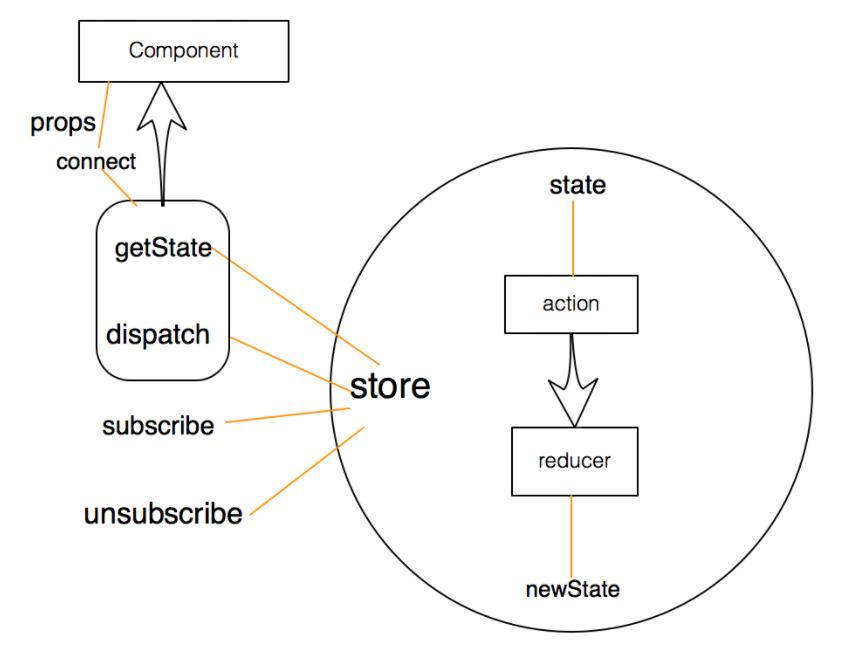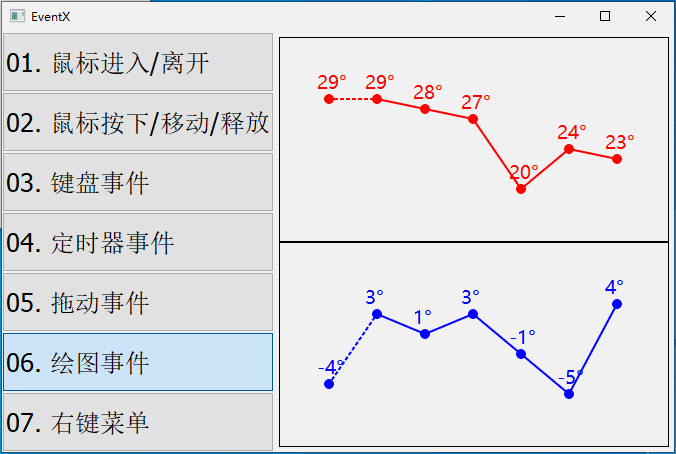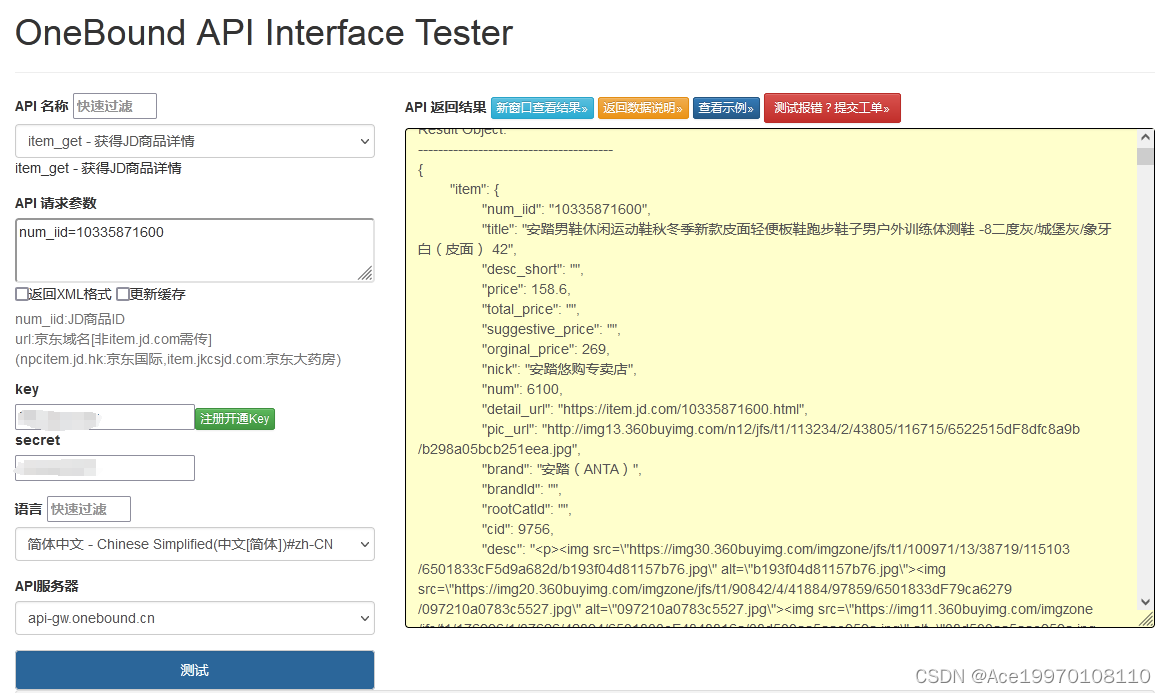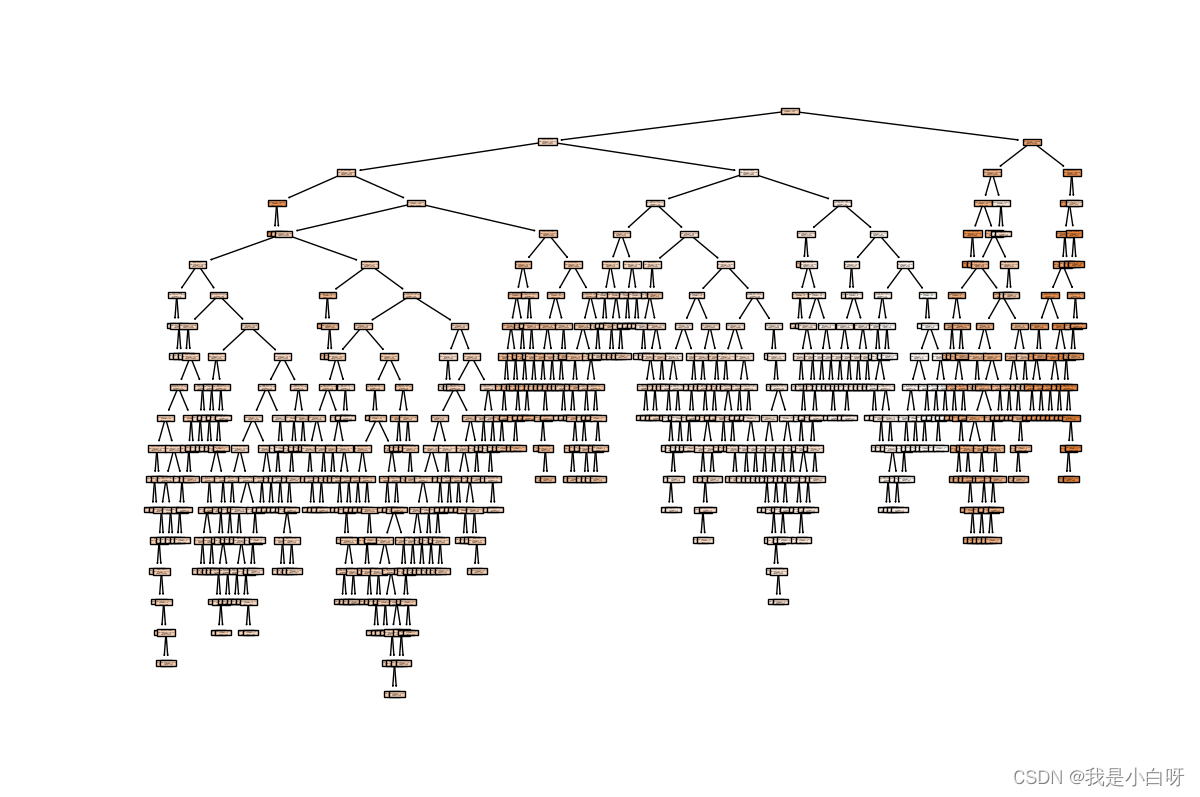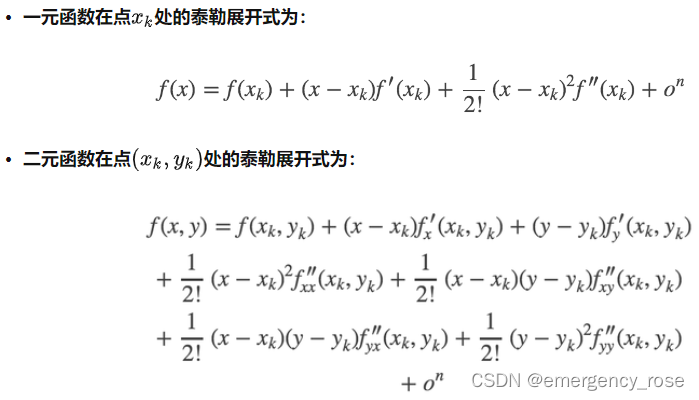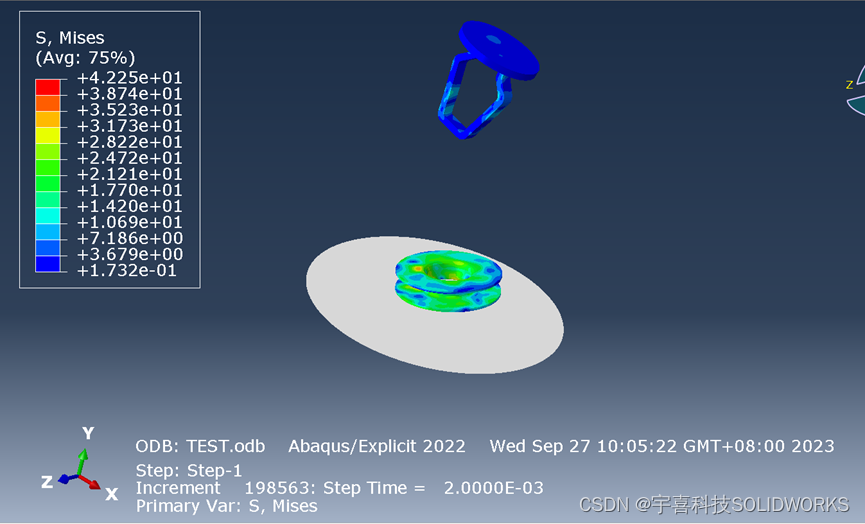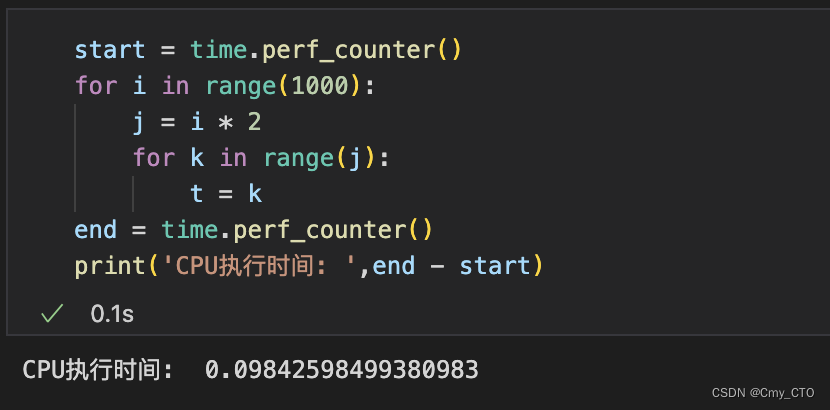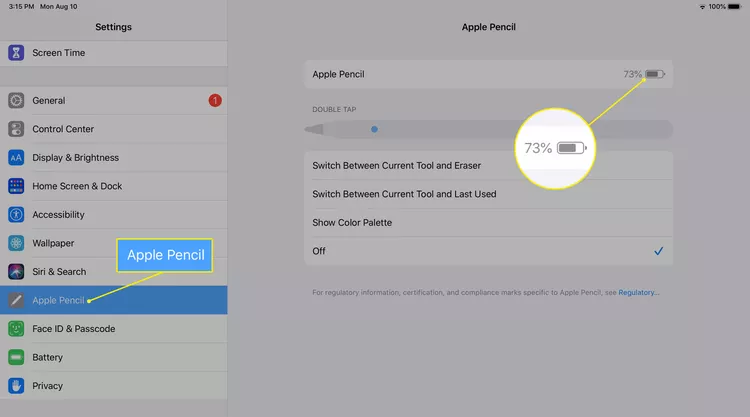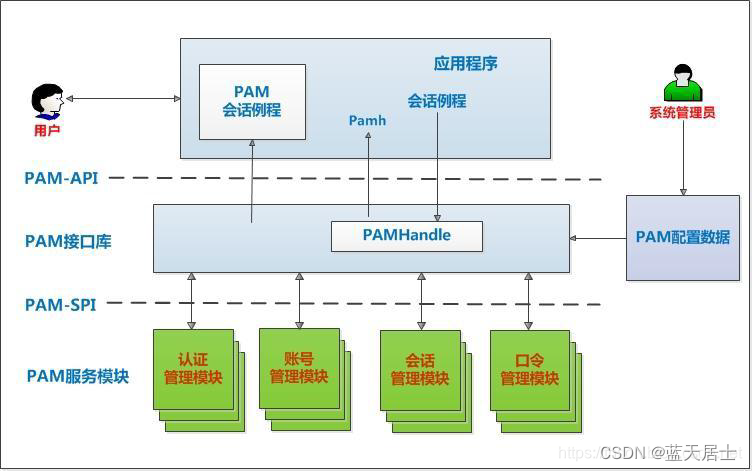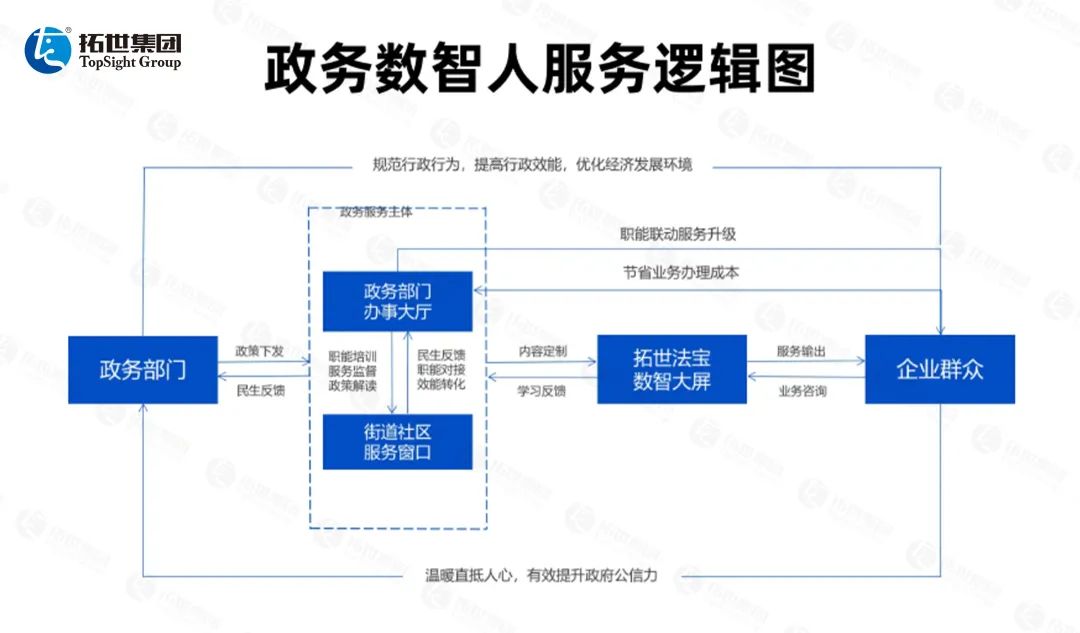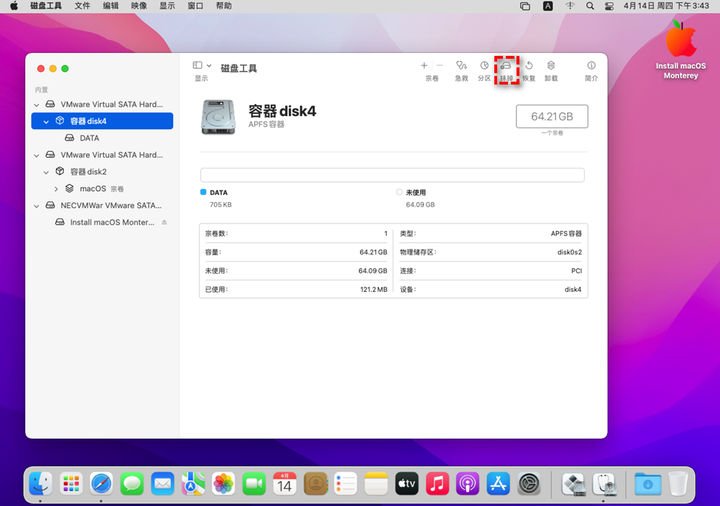文章目录
- 1.当前程序的问题
- 2.包装器的引入
- 2.1包装器的定义
- 2.2包装器的使用
- 2.3包装器的出现对于2.1问题的解决
- 3.包装器的应用
- 3.1C++98写法
- 3.2C++11写法
- count()的用法
- 下标运算符operator[ ]
- lambda表达式的另一种用法
- C++11写法

1.当前程序的问题
template<class T, class K>
K useFun(T fun, K x)
{
//count是一个static对象 当这个函数结束 count不会被销毁
static int count = 0;
//每次使用这个函数 输出count+1的值
//如果是同一个函数 count会输出1 2 3
//而运行结果是 1 1 1 说明这个函数模板被实例化成3个不同的函数
cout << "count:" << ++count << endl;
//每次使用这个函数 输出count的地址
cout << "count:" << &count << endl;
return fun(x);//fun可能是一个函数名\函数指针\函数对象\lambda表达式
}
int func(int x)
{
return x;
}
struct Functor
{
int operator()(int x)
{
return x;
}
};
int main()
{
// 函数指针
cout << useFun(func, 1) << endl;
// 函数对象
cout << useFun(Functor(), 2) << endl;
// lamber表达式对象
auto ret = useFun
(
[](int x)->int
{
return x;
}
, 3);
cout << ret << endl;
return 0;
}
通过运行结果我们可以看到useFun函数模板被实例化了三份
在useFun函数模板中 count是一个static对象
当这个函数结束 count不会被销毁
每次使用这个函数 输出count+1的值
如果是同一个函数 count会输出1 2 3
而运行结果是 1 1 1 说明这个函数模板被实例化成3个不同的函数
通过count的地址也可以看出这是三个不同的count

问题来了 怎么能让useFun函数模板不被实例化成3份呢?这是包装器的作用就显现出来了
2.包装器的引入
2.1包装器的定义
#include<functional>
// 类模板原型如下
template <class T>
function;
template <class Ret, class... Args>
class function<Ret(Args...)>;
模板参数说明:
Ret: 被调用函数的返回类型
Args…:被调用函数的形参
2.2包装器的使用
int fun(int a, int b)
{
return a + b;
}
struct Functor
{
public:
int operator() (int a, int b)
{
return a + b;
}
};
class PLus
{
public:
static int plus_int(int a, int b)
{
return a + b;
}
double plus_double(double a, double b)
{
return a + b;
}
};
int main()
{
function<int(int, int)> f1 = fun;
cout << f1(1, 2) << endl;
function<int(int, int)> f2 = Functor();
cout << f2(1, 2) << endl;
//静态成员函数通过类名直接访问方式
function<int(int, int)> f3 = PLus::plus_int;
cout << f3(1, 2) << endl;
//非静态成员函数通过类名直接访问方式
function<double(PLus,double, double)> f4 = &PLus::plus_double;
f4(PLus(), 1.1, 2.2);
return 0;
}
2.3包装器的出现对于2.1问题的解决
template<class T, class K>
T useFun(K fun, T x)
{
staic int count = 0;
cout << "count:" << ++count << endl;
cout << "count:" << &count << endl;
return fun(x);
}
int func(int x)
{
return x;
}
struct Functor
{
int operator()(int x)
{
return x;
}
};
int main()
{
// 函数指针
function<int(int)> f1 = func;
cout << useFun(f1, 1) << endl;
// 函数对象
function<int(int)> f2 = Functor();
cout << useFun(f2, 2) << endl;
// lamber表达式对象
function<int(int)> f3 = [](int x)->int {return x; };
cout << useFun(f3, 3) << endl;
return 0;
}

3.包装器的应用
逆波兰表达式求值


3.1C++98写法
class Solution
{
public:
//Evaluate inverse Polish notation
int evalRPN(vector<string>& tokens)
{
stack<long long> st;
for (auto& str : tokens)
{
if (str == "+" || str == "-"
|| str == "*" || str == "/" )
{
long long right = st.top();
st.pop();
long long left = st.top();
st.pop();
switch (str[0])
{
case '+':
st.push(left + right);
break;
case '-':
st.push(left - right);
break;
case '*':
st.push(left * right);
break;
case '/':
st.push(left / right);
break;
}
}
else
{
st.push(stoll(str));
}
}
return st.top();
}
};
3.2C++11写法
count()的用法

如果容器包含键等于k的元素,则为1,否则为零。成员类型size_type是一个无符号整数类型。
下标运算符operator[ ]

如果k与容器中某个元素的键匹配,则函数将返回对其映射值的引用。如果k与容器中任何元素的键都不匹配,则函数将插入一个具有该键的新元素,并返回对其映射值的引用。请注意,即使没有为元素分配映射值(该元素是使用其默认构造函数构造的),这也会使容器大小增加一。类似的成员函数map::at在具有键的元素存在时具有相同的行为,但在不存在时抛出异常。
lambda表达式的另一种用法
template<class T, class K>
T useFun(K fun, T x)
{
static int count = 0;
cout << "count:" << ++count << endl;
cout << "&count:" << &count << endl;
return fun(x);
}
int func(int x)
{
return x;
}
struct Functor
{
int operator()(int x)
{
return x;
}
};
int main()
{
// 函数指针
function<int(int)> f1 = func;
cout << "func(1) == " << func(1) << endl;
cout << useFun(f1, 1) << endl;
cout << endl;
// 函数对象
function<int(int)> f2 = Functor();
cout << "Functor()(1) == " << Functor()(1) << endl;
cout << useFun(f2, 2) << endl;
cout << endl;
// lamber表达式对象
function<int(int)> f3 = [](int x)->int {return x; };
cout << "[](int x)->int {return x; }(1) == " << [](int x)->int {return x; }(1) << endl;
cout << useFun(f3, 3) << endl;
return 0;
}
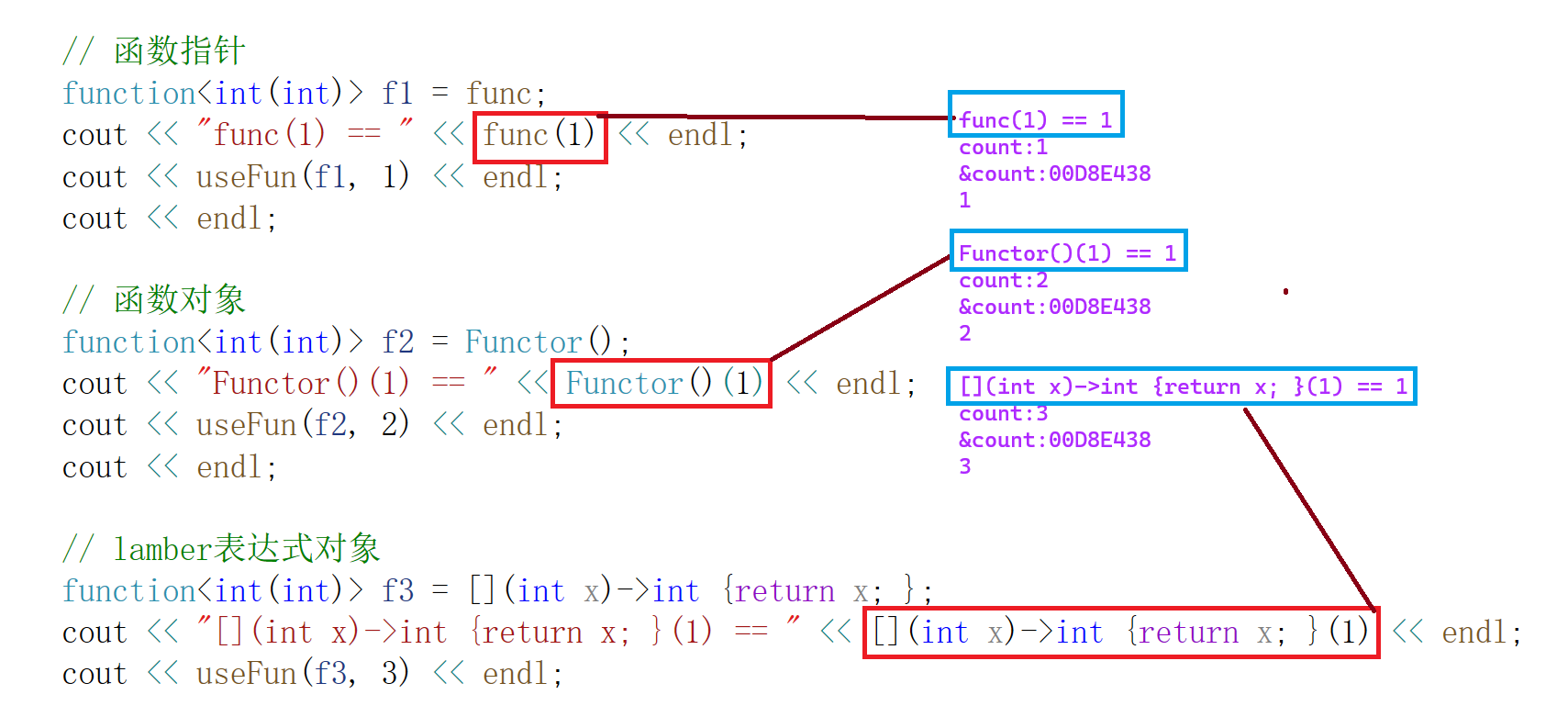
C++11写法
class Solution
{
typedef long long Long;
public:
int evalRPN(vector<string>& tokens)
{
stack<Long> st;
//m初始化时 插入4个数据
//key分别是 + - * /
//value是lambda表达式
//分别是对应key所能进行的运算
map< string, function<Long(Long, Long)> > m =
{
{"+", [](Long a, Long b) { return a + b; }},
{"-", [](Long a, Long b) { return a - b; }},
{"*", [](Long a, Long b) { return a * b; }},
{"/", [](Long a, Long b) { return a / b; }}
};
for (auto& e : tokens)
{
//m中只存储了+-*/四个字符
//所以对于tokens中的数字count返回0
//对于运算符返回1
//是运算符
if (m.count(e))
{
Long right = st.top();
st.pop();
Long left = st.top();
st.pop();
//m[e]: m将e作为key值去查找 返回e对应的value
st.push(m[e](left, right));
}
//是数字
else
st.push(stoll(e));
}
return st.top();
}
};

